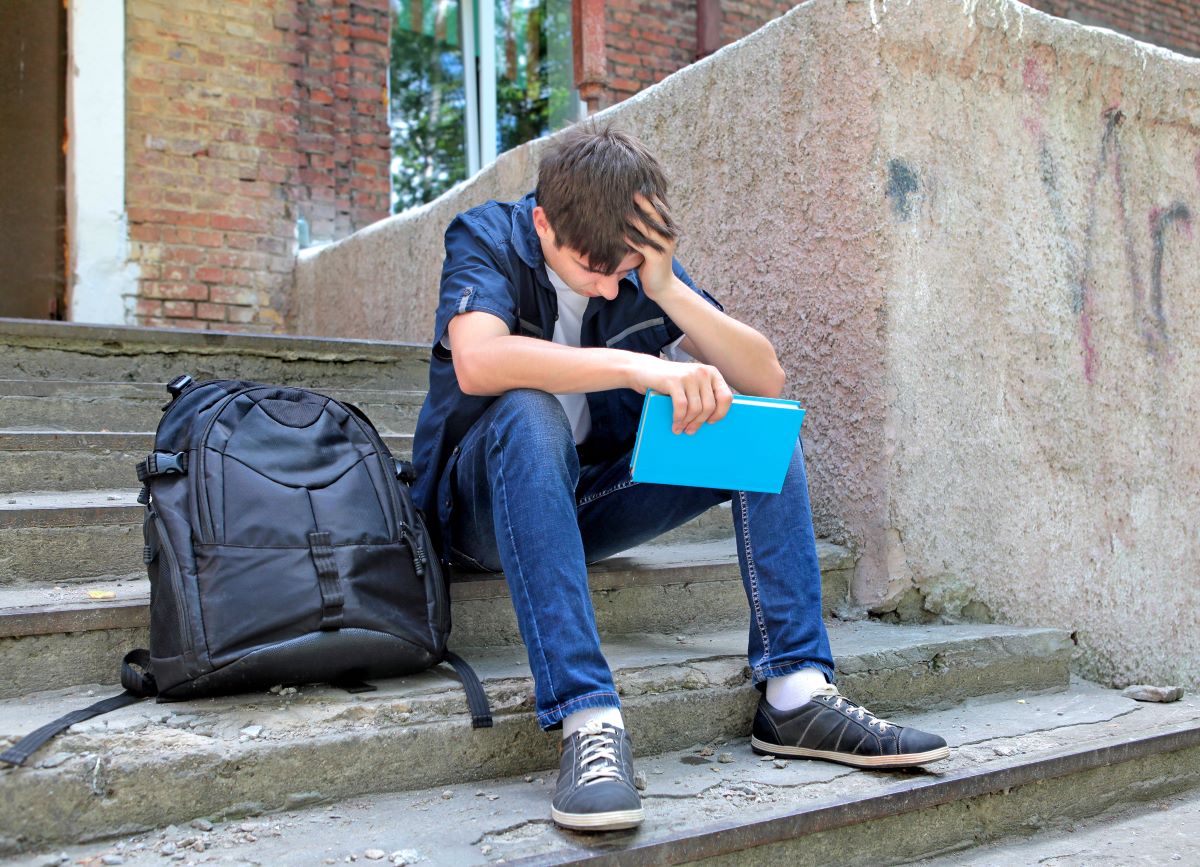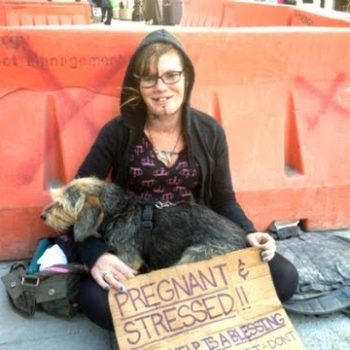The One Thing That Could Break the Vicious Cycle of Homelessness and Generational Poverty – Education – Is Being Denied to the Kids Who Need it Most
Homelessness amongst school-aged children is a subject almost nobody wants to discuss. This could be because it shatters stereotypes typically associated with homelessness. Things like addiction, service resistance, laziness, joblessness, and other stigmas wrongly attached to the subject are not exactly an issue when referring to homeless students.
There is almost no mainstream media coverage concerning the nearly 2.5 million schoolchildren that experience homelessness each year. While that data is available in school records and even made a rare appearance in the Washington Post, the Point-In-Time count most reporters use to statistically quantify homelessness drastically undercounts these homeless school kids to the point where it seems as if they don’t exist.
There’s a reason the phrase “Invisible People” so aptly applies.
We Are Literally Failing Homeless Students
If our nation received a grade for how it handled homelessness amongst school children, that grade would most certainly be an F. According to the available data, when it comes to this subgroup of people, we don’t even know how to count them.
However, the National School Board Association reports that for each year since the 2008 Recession, homelessness in the public school system very quietly increased by a whopping 100% each year. Note how easily this ties family homelessness to poverty if only we cared to see the link.
Oddly enough, the camera crews that are so quick to snap shots of Skid Row and Kensington Boulevard are never present to take pictures of all the empty seats in classrooms across the country. Worse still, when homeless students are identified as such, they are treated with unfathomable cruelty and disciplined at unprecedented rates.
Washington’s Homeless Students Are Suspended and Expelled at 3 Times the Rate of Their Housed Peers
The Seattle Times reports that during the 2018-2019 school year, the most recent year on record, houseless students were disciplined at a rate three times higher than housed students. Approximately one in ten unhoused students were forced out of school, either temporarily or permanently.
Sadly, given the circumstances, we can’t even say they were sent home.
The rate at which housed students were asked to leave school as a course of discipline was one in 25. The glaring discrepancy here can have dire consequences in the future.
According to the most recent research, the only group that is disciplined to this extent at a higher rate is students who are in foster care. It’s important to note that students in foster care are projected to experience higher rates of homelessness. In fact, somewhere between 31% and 46% of these individuals are slated to become homeless before their 26th birthday.
Other students who experience higher-than-normal disciplinary actions also tend to be at higher risk of homelessness. They include:
- Students with disabilities
- Students of Black/African American descent
- Native American students
Herein, we can see significant overlap, as the same students are repeatedly targeted. In Washington, where this research was gathered, it is estimated that students of color account for about 60% of the entire state’s homeless population.
The Bigger Conversation
While all homelessness is important, we must discuss child homelessness more.
When secondary causes of homelessness become the focal point of the conversation (for example, when we only talk about homelessness as it relates to addiction or unemployment), these innocent children get left behind again. Indeed, homeless students graduate at a depressing rate of just 64%, making them one of the most at-risk populations for becoming high school dropouts. This dilemma perpetuates even more homelessness.
We must also be more sensitive to the needs of students who fit this description. Many of them have been severely traumatized. This extreme discipline could discourage them from returning to a path of education.
We need culturally competent, trauma-informed strategies for students experiencing homelessness. They might already feel withdrawn and socially excluded. To lock them out of the education system entirely is ineffective and cruel, leaving millions of children with very little hope for the future.
Talk to Your Legislators About Drafting Policies that Protect Children from Falling into Homelessness
Children experience homelessness for various reasons, from being kicked out of their homes to facing family eviction, from fleeing domestic violence to fleeing the horrors of war. Many of them do not attend school at all.
Students who make a vested effort in striving toward graduation should be rewarded, not harshly disciplined. As the national conversation is finally shifting in favor of housing, the public’s sentiments should be reflected in legislation. Talk to your local legislators about drafting laws that make housing a human right so that no single child is forced to endure homelessness moving forward.













